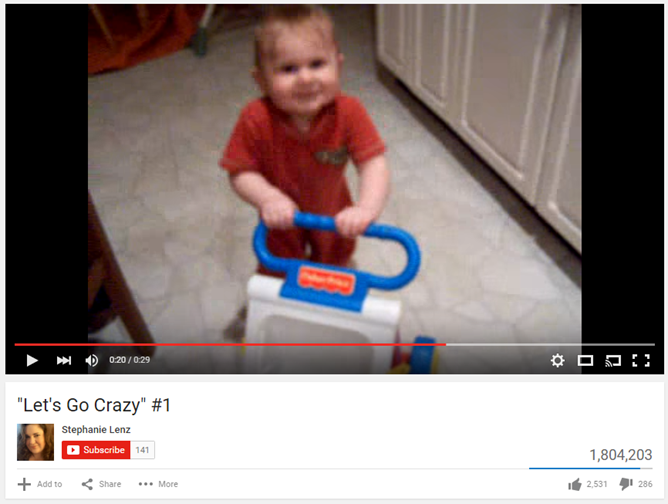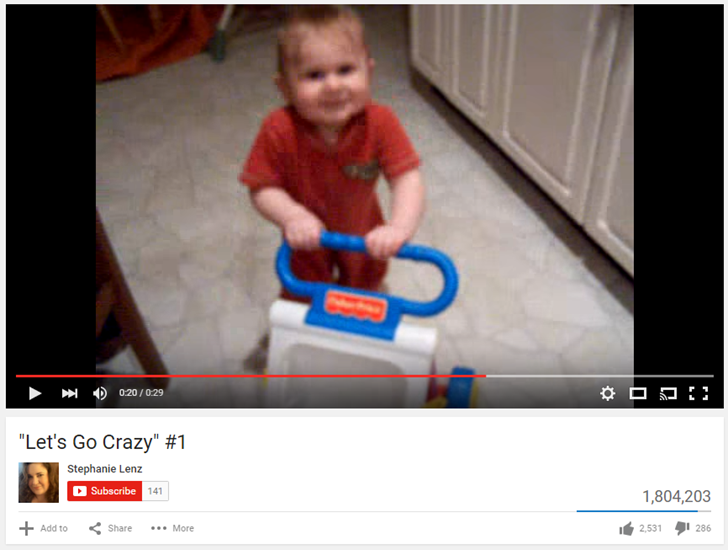Editor's note: the first three paragraphs of this story are a brief primer on fair use in US copyright law and the complications created by the DMCA. Skip down if you're already familiar with this stuff.
The United States copyright system has a series of protections for citizens who want to use video, audio, text quotes, and other copyrighted material in legitimate ways. These are generally called fair use exemptions: they're why Saturday Night Live can make a parody of Jeopardy or The Big Bang Theory without the fear of CBS suing them for copyright infringement, or why a movie reviewer can use clips of the movie in his video critique. There are a lot of exceptions, and the line between fair use and infringement is often blurry, but the gist is that you can use at least some portions of copyrighted content in your own creation if they serve the purposes of education, critique, parody, or if you add enough of your own work to make them "transformative." That's why it's OK for Andy Warhol to make a painting of a copyrighted soup can label, for example.
The Digital Millennium Copyright Act instated in 1996 tends to take a big old dump on fair use. Because content hubs like YouTube are legally required to immediately take down any content flagged under the DMCA per "safe harbor" laws, copyright owners wield a big hammer and tend to smack down anything that contains their video or audio content, whether it's permissible under the fair use doctrine or not. YouTube isn't allowed to make that distinction: they have to take down the video, and it's up to the uploader to file a DMCA counter-claim and demonstrate that either the work is wholly original, or that it's permissible under fair use. While movie studios and record labels use the DMCA to take down pirated content all the time (and rightly so), the technique is often used for nefarious purposes, like getting a game review removed from YouTube just because it's negative.
Take the video below for example. It's a fairly innocuous video is a toddler dancing to a song on the radio. Not professional, not even all that interesting, but because there's a Prince song playing in the background, Universal Music Group issued a DMCA takedown notice to YouTube. The counter-claim from the uploader resulted in a lawsuit over the nature of fair use that went on for over eight years.
Here's where the news starts.
Apparently YouTube is tired of the status quo, where big publishers and the like have carte blanche to take down videos and severely interrupt the workflow of YouTube creators. In a blog post, a representative said that the company will begin to protect some high-profile videos that A) are good examples of the fair use doctrine and B) have been targeted by DMCA takedowns.
We are offering legal support to a handful of videos that we believe represent clear fair uses which have been subject to DMCA takedowns. With approval of the video creators, we’ll keep the videos live on YouTube in the U.S., feature them in the YouTube Copyright Center as strong examples of fair use, and cover the cost of any copyright lawsuits brought against them.
Basically, YouTube is saying this about worthwhile videos that it's confident are covered under fair use, and will put its money where its mouth is and protect those videos in court if the DMCA process ends in a copyright lawsuit.
This isn't an end to YouTube creators' DMCA woes, because the blog post readily admits that it will only be able to protect and feature a small number of videos. But hopefully having some sterling examples of legitimate fair use, not to mention the small possibility of getting into a legal fight with one of the biggest corporations in the US, will make copyright holders think twice before bringing the hammer down.
Source: Google Public Policy blog


